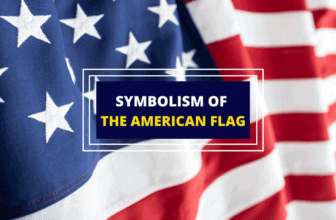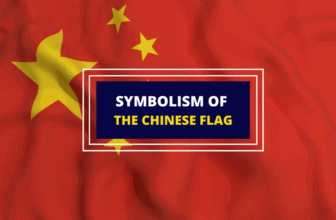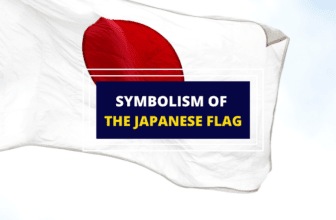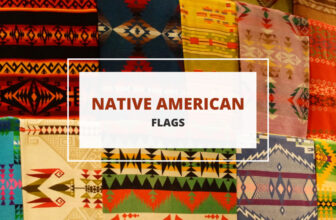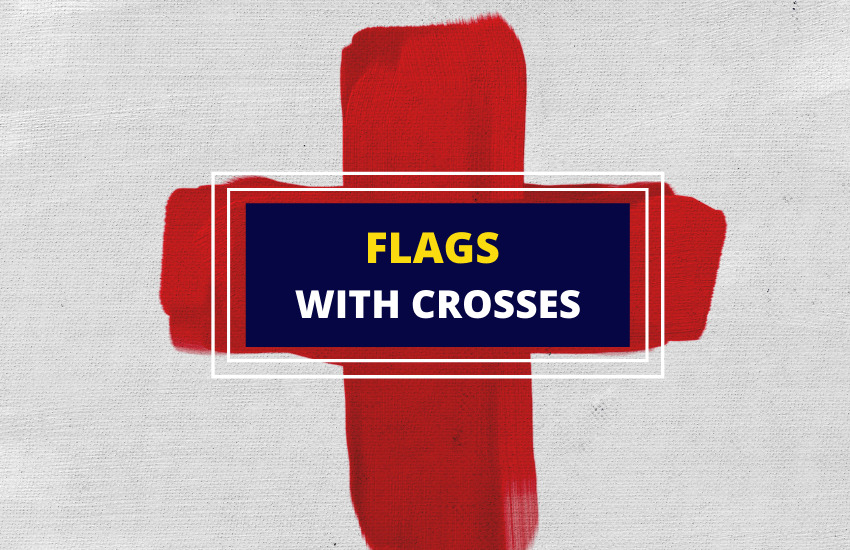
Table of Contents
Every color and symbol in a national flag represent an important part of a country’s culture and history. A lot of thought goes into the designs of such flags because they’re made to symbolize a country’s distinct characteristics and express its people’s pride and patriotism. They are more than just decorations used in ceremonies and historical landmarks – national flags embody the ideals and principles of every growing nation.
Crosses are one of the most popular symbols used in national flags, with most countries using them to pay tribute to their deep Christian roots. Here’s a list of some countries that feature crosses in their flags.
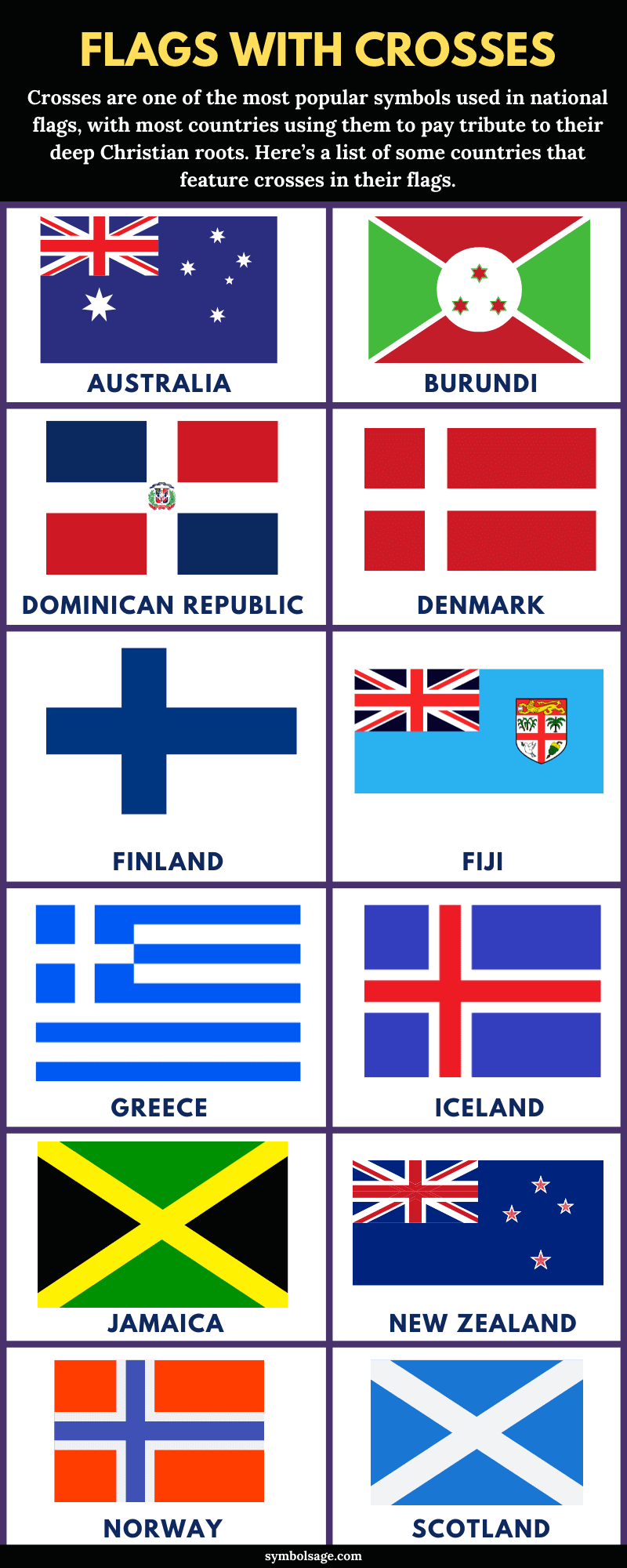
Australia
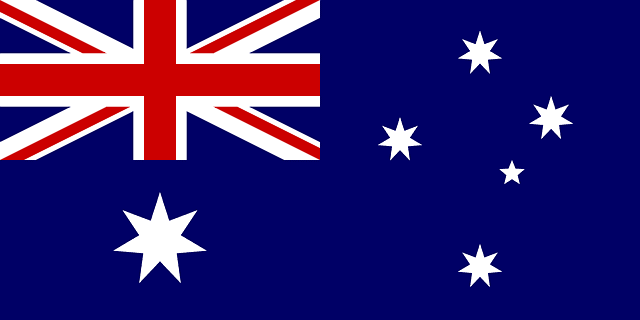
The national flag of Australia, popularly known as Stars and Crosses, represents the principles and ideals of its people. While its stars symbolize the Commonwealth of Australia and the unity of its territories, the cross of the Union Jack in its upper left corner serves as a reminder of its rich history as a British settlement.
There has been some debate on whether Australia should drop the Union Jack since they are no longer a British colony. However, the current design of its flag has remained unchanged since its inauguration on September 3, 1901.
Burundi
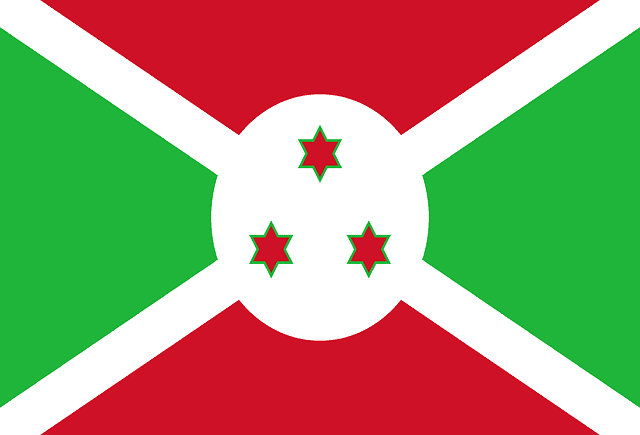
Burundi may be a small country, but its struggle towards becoming an independent country was no small feat. Its flag reflects just that, with three stars and a white cross taking a prominent position in its center. While its stars represent the nation’s main ethnic groups, its white diagonal cross is meant to separate its main colors. White symbolizes peace, green represents hope, and red is a remembrance of its people’s suffering in their fight for independence.
Dominican Republic
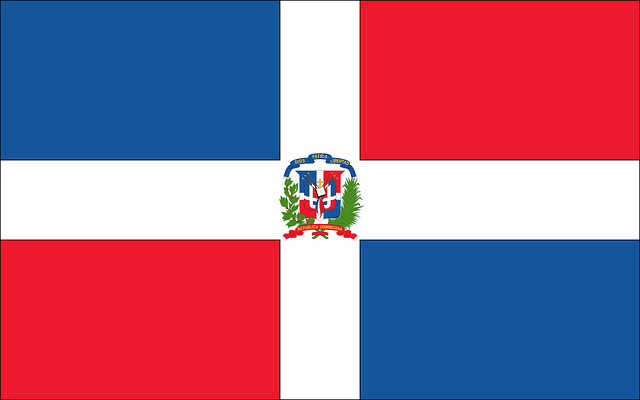
While the Dominican Republic is known for its world-class resorts and beaches, its rich culture and history are just as impressive. Its national flag does a great job symbolizing this too. The white cross in its center draws emphasis to its coat of arms, which represents the country’s motto: Dios, Patria, Libertad, meaning God, Homeland, Liberty. A golden cross and a Bible in the center of the shield also draws attention to the strong influence of Christianity on their country.
Denmark

The national flag of Denmark, also known as Dannebrog, means the cloth of the Danes. It is popular for its simplistic design, consisting of a white cross over a red background. Also known as a Scandinavian or Nordic cross, it is usually seen in flags of countries with predominantly Christian populations.
While it was traditionally used by royals and soldiers in battle, the flag of Denmark eventually became allowed for private use in 1834. Different laws and regulations regarding its use have been passed but it continues to hold the record for being the world’s oldest national flag.
Finland
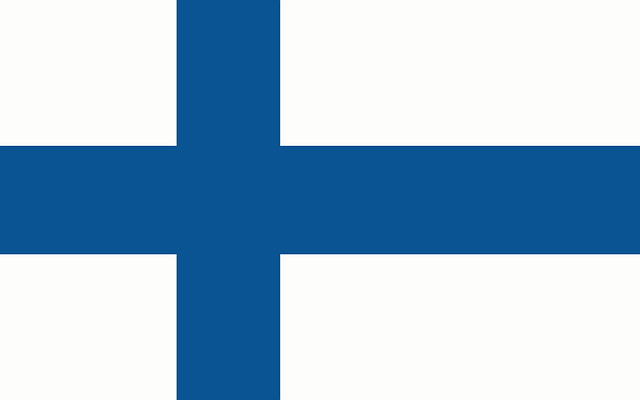
Similar to Denmark, Finland’s flag also bears the famous Scandinavian cross. While it also represents Christianity, its distinct colors augment its meaning. The blue color is said to represent Finland’s beautiful lakes, and the white background denotes the immaculate snow that covers its land during winter.
Fiji
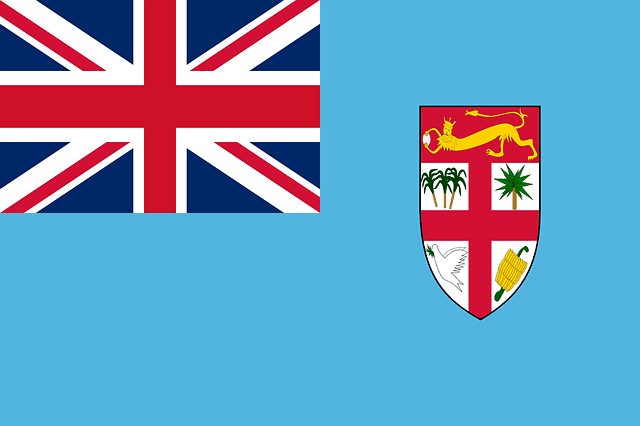
Fiji is one of the many countries that bears the Union Jack on the upper left corner of its flag. Historically part of the British settlements, they have decided to keep this symbol to serve as a reminder of their heritage.
In addition to the crosses in the Union Jack, the flag of Fiji also features its national coat of arms. It consists of several symbols – a lion that represents Great Britain, a dove that signifies peace, and several plants like bananas and a coconut palm that denote its beauty as an island nation.
Greece
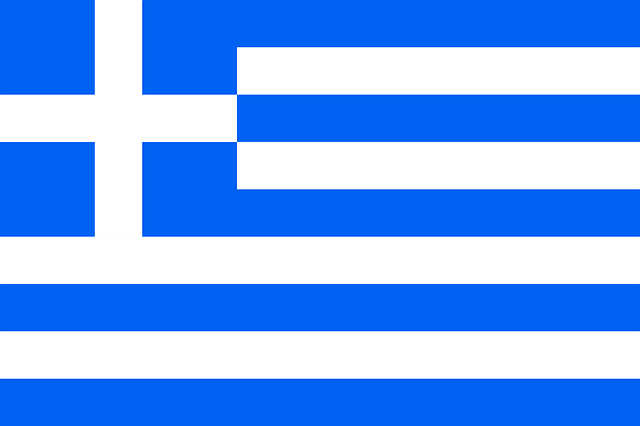
The national flag of Greece remains to be one of the most recognizable ones because of its unique design. If you look at different pictures of Greece, you will see familiar hues of blue and white, which are also the main colors of the Greek flag. Its nine white stripes represent the nine syllables of a Greek phrase that means Freedom or Death, and the white cross on its upper left corner symbolizes the nation’s prevailing religion – Eastern Orthodox Christianity.
Iceland
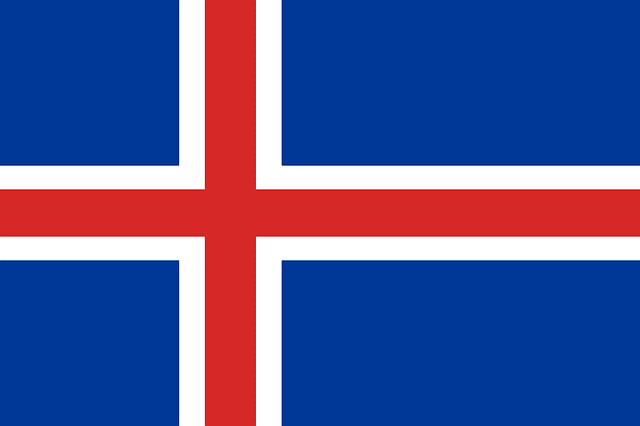
The Icelandic flag is famous for its bold red cross, which is superimposed on a white cross and a blue background. Like Denmark and Finland, the Nordic cross that it bears stems from its proud Christian heritage. Even though its design looks similar to that of the Danish flag, it continues to be an important symbol of its independence from Denmark.
Like most flags that have a cross, their colors give them a special meaning. In Iceland’s case, the color white stands for its land’s glaciers and snow, red for its volcanoes, and blue for its mountains when viewed from the coast.
Jamaica
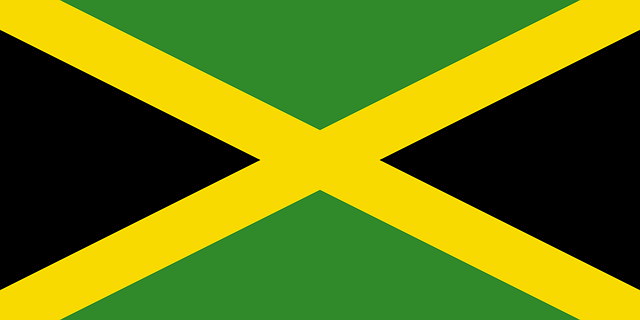
First flown to mark the country’s Independence Day, the Jamaican flag remains an important symbol of its birth as a nation. It consists of three main colors, with each of them representing an important trait of the country.
The green triangles at the top and at the bottom symbolize hope and the country’s rich agricultural resources, while the black triangles on the left and right corners signify the creativity and strength of its people.
The yellow golden cross in its center also plays an important role as it symbolizes the beauty of the sun shining over their nation. Thanks to its distinct design, the flag of Jamaica has earned popular nicknames such as The Cross and Black, Green, and Gold.
New Zealand
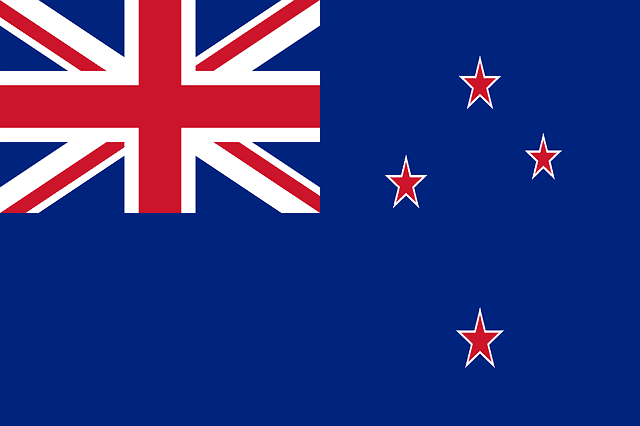
It’s no surprise why the flag of New Zealand is often confused with that of Australia. Its design looks extremely similar, having stars and the Union Jack as its main elements. It has some subtle differences though – the Southern Cross in New Zealand’s flag only has 4 instead of 6, all of which are colored red instead of white. However, this constellation represents the same thing as the stars in Australia’s flag – the country’s location in the Pacific Ocean.
Norway
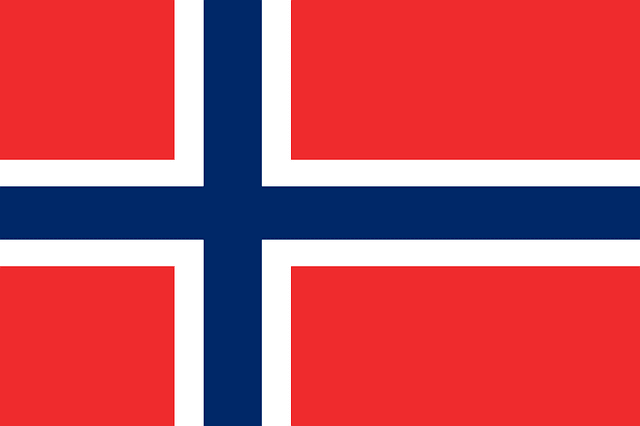
Like other Nordic countries, Norway’s flag is also known for bearing the Scandinavian cross. It looks similar to Iceland’s flag because, aside from having the said cross, it also uses the same main colors – blue, red, and white. The two main differences are (1) red is more dominant in Norway’s flag because it is used as the background, and (2) it sports a blue instead of a white cross.
The colors in Norway’s flag also have different meanings. A popular interpretation says that red stands for bravery and valor, blue for justice, perseverance, and vigilance, and white for honesty and peace.
Scotland
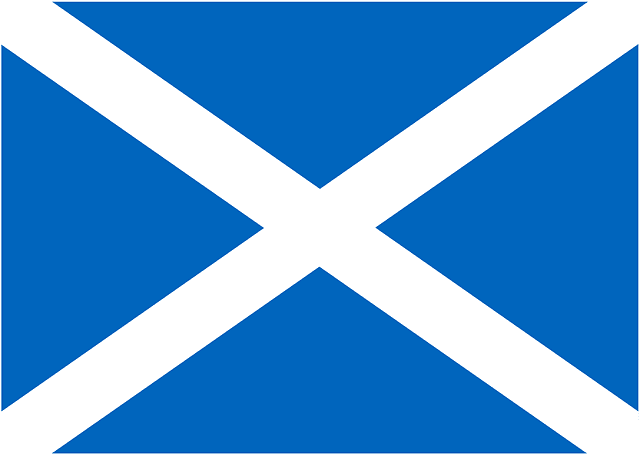
Scotland’s flag is best known for its white diagonal cross, which is also known as a saltire. Its origin is based on the story of how Saint Andrew, now known as Scotland’s patron saint, was crucified in 60 AD.
Legend has it that the humble saint felt that he wasn’t worthy of being crucified on a cross that’s similar to the one that Jesus Christ died on, so he was put on a diagonal one instead. However, other historians say this is probably because Saint Andrew was crucified in Greece, where the diagonal cross was more popular. Whatever the reason, it doesn’t change the heavy influence of Christianity on the final design of the Scottish flag.
Slovakia
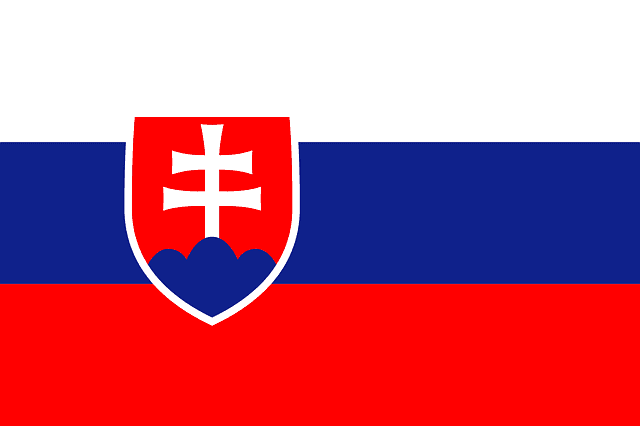
Slovakia’s official flag has 2 distinct elements – horizontal bands of white, red, and blue and the country’s coat of arms. While these colors are meant to symbolize Slavic independence and unity, its coat of arms bears a distinct double-barred cross. Also known as the crosses of St. Methodius and St. Cyril, both symbols denote the country’s strong Christian faith.
The three-peaked mountain below the white cross is said to symbolize the unique topography of Slovakia. They specifically illustrate the world-renowned mountain ranges in Slovakia – Fatra, Matra, and Tatra.
Sweden
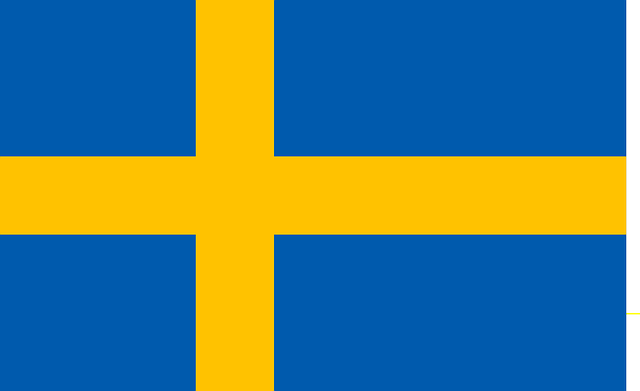
The last Nordic country on this list, Sweden features the familiar Scandinavian cross, albeit in a different color. Inspired by the Danish flag, it depicts how Christianity took hold of the Nordic region in the 16th Century.
However, the golden color of the cross makes it distinct. While some say that this golden emblem is meant to represent wealth, others believe that it actually stands for the Swedish people’s generosity.
Switzerland
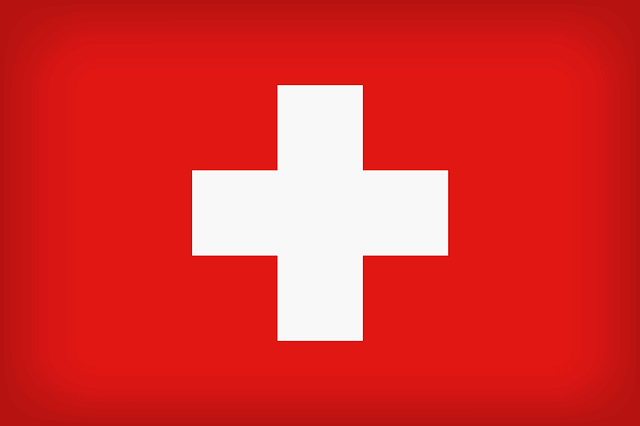
Among all the countries that bear a cross, the Swiss flag has got to be one of the easiest to remember. It has an exceptionally simple design, with a prominent white cross in the center of a plain red background. Since Switzerland has not participated in a war for over 500 years and has promised to remain neutral in future armed conflicts, its flag became a popular symbol of peace and security across the globe.
Wrapping Up
While countries have several national symbols, a flag is considered the most important as it’s among the first things that people remember when a country is mentioned. Whether a flag becomes popular for a cross, stripes, stars, or some other symbol, it’s almost always an accurate representation of the heritage and principles of the nation it represents.




